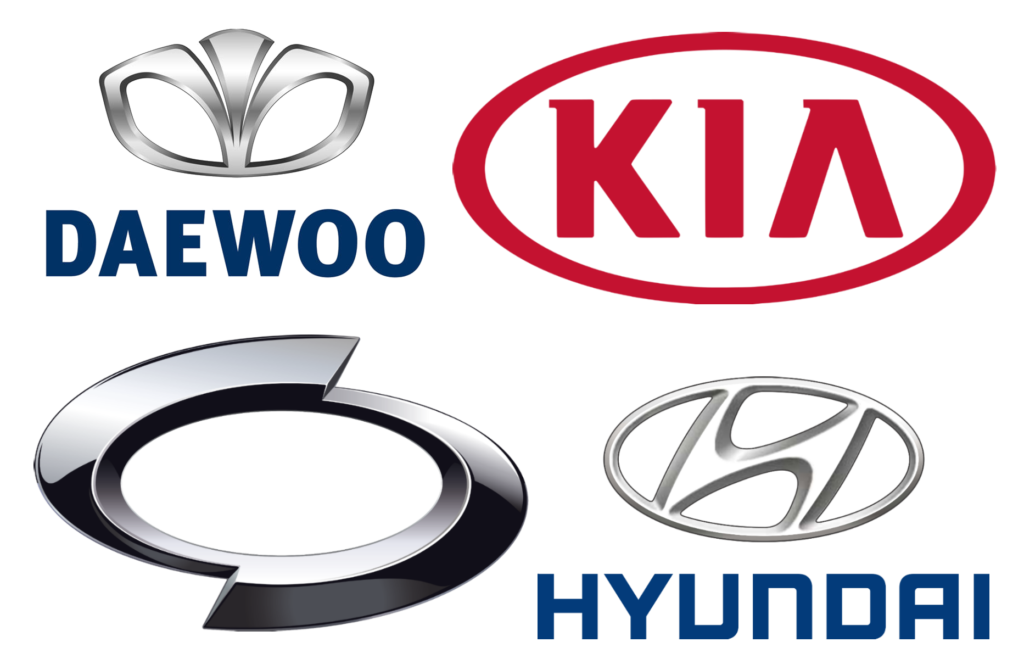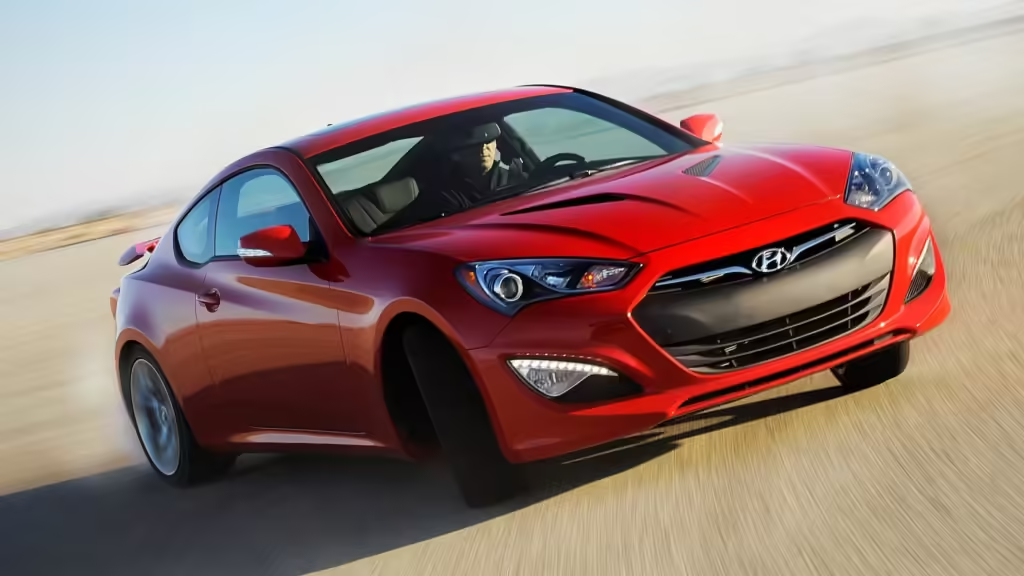
Korean automakers like Hyundai and Kia have become global powerhouses, recognized for their quality, innovation, and design. But the journey from being relatively unknown in the global automotive industry to competing with established giants like Toyota, Ford, and Volkswagen was not straightforward. It required a combination of smart marketing strategies, investment in quality, and an acute understanding of international markets.
This article explores the marketing strategies and key decisions that allowed Korean cars to enter and eventually dominate the international market.
1. The Early Days: Affordable but Unremarkable
In the 1960s and 1970s, South Korea’s automotive industry was in its infancy. Early models were simple, affordable, and often based on designs from more established manufacturers. For example, Hyundai’s first car, the Pony, released in 1975, was designed with the help of British engineers and Mitsubishi components.
During this era, Korean automakers focused primarily on their domestic market, which was still developing. However, by the early 1980s, the Korean government recognized that exporting vehicles could help drive economic growth. Hyundai, Kia, and Daewoo (which was later absorbed by General Motors) began to eye international markets, particularly the United States and Europe.
a) Challenges in the Early Years:
In their early years of exportation, Korean cars faced a negative perception. Consumers viewed them as low-quality, budget vehicles, and their reliability was questionable. The focus was on affordability, with little emphasis on design, performance, or innovation. These cars were typically bought by those who needed an inexpensive alternative to more established brands, but they struggled to shake off the stigma of being low-end vehicles.
2. The Turning Point: Quality Improvement and Long-Term Commitment
Korean automakers knew they had to improve their vehicles’ quality to make a real impact in the international market. The turning point came in the mid-1990s when companies like Hyundai and Kia made significant investments in R&D and manufacturing quality. They began to hire international talent, including top engineers and designers, and implemented lean manufacturing techniques that had been perfected by Japanese automakers.
a) Investment in R&D and Quality:
Korean automakers recognized that to succeed internationally, they needed to meet the quality standards of the world’s best car brands. Hyundai Motor Company, for example, heavily invested in R&D centers globally, particularly in the United States and Europe. This allowed them to better understand market-specific demands and incorporate cutting-edge technologies in their vehicles.
The introduction of the Hyundai Sonata in the late 1980s and the early 1990s marked a shift towards more reliable, feature-rich cars that could compete with other international models. While still considered affordable, these vehicles offered better quality, more safety features, and improved performance. This shift was essential in changing the perception of Korean cars from merely cheap options to viable competitors.
b) The 10-Year Warranty: A Game-Changing Marketing Strategy:
In 1999, Hyundai introduced a 10-year/100,000-mile warranty for the U.S. market—a revolutionary move in the automotive industry. This marketing strategy was designed to address lingering doubts about the quality and reliability of Korean cars. Consumers were hesitant to trust a relatively unknown brand, and this warranty alleviated those concerns by guaranteeing long-term performance.
The extended warranty became a turning point in Hyundai’s international marketing efforts, signaling confidence in their products and helping to overcome negative perceptions. This bold move also forced other manufacturers to reexamine their own warranties, raising the bar for the entire industry.
3. Aggressive Pricing and Value Proposition
One of the most effective strategies employed by Korean car manufacturers was their aggressive pricing, offering cars that were often significantly cheaper than competitors while providing similar features. This “value for money” approach allowed them to target consumers who were looking for affordable, reliable transportation.
a) Offering Premium Features at Lower Prices:
Hyundai and Kia focused on equipping their cars with premium features such as advanced safety systems, modern infotainment, and stylish designs—all while keeping prices lower than those of competitors like Honda, Toyota, and Ford. This approach was particularly effective in North America and Europe, where consumers were highly sensitive to both pricing and quality.
By offering cars that looked and felt premium but were priced competitively, Korean brands carved out a niche in the market for those seeking affordability without sacrificing comfort or technology.
b) Flexible Financing and Lease Offers:
Another key marketing tactic was providing flexible financing options, such as low-interest loans and attractive lease agreements, making Korean cars even more accessible to a wide range of customers. In markets like the U.S., this was particularly impactful, as it allowed first-time car buyers and budget-conscious consumers to opt for a brand-new Hyundai or Kia instead of a used car from a more established brand.
4. Global Branding and Design Innovation
The next crucial step in Korean automakers’ strategy was enhancing their brand image and design philosophy. They aimed to shed their reputation as manufacturers of “cheap cars” and become associated with quality, innovation, and style.
a) Hiring Top Design Talent:
Korean automakers brought in renowned international designers to overhaul their brand’s image. One of the most important hires was Peter Schreyer, a former Audi designer, who was appointed as Kia’s Chief Design Officer in 2006. Schreyer introduced the now-iconic “Tiger Nose” grille design, which became a signature element of Kia vehicles and transformed the brand’s aesthetic appeal.
Hyundai also hired Luc Donckerwolke, who had previously worked for Lamborghini and Bentley, to lead the design of its premium Genesis brand and contribute to Hyundai’s more upscale models. The goal was to create visually striking cars that would stand out in a competitive market while maintaining an affordable price point.
b) Genesis: Hyundai’s Luxury Brand:
To compete with premium brands like BMW, Mercedes-Benz, and Lexus, Hyundai introduced Genesis as a standalone luxury brand in 2015. Genesis vehicles, such as the G80 and G90, were designed to offer high-end features, luxury interiors, and performance, but at a lower price point compared to European luxury models. This approach allowed Hyundai to target an entirely new market segment while expanding its brand prestige.
5. Targeting Emerging Markets
While gaining ground in North America and Europe was a priority, Korean automakers also strategically expanded into emerging markets in Asia, Africa, and Latin America. In these regions, consumers often sought affordable, reliable vehicles, making them ideal markets for Hyundai and Kia.
a) Localized Manufacturing and Adaptation:
To strengthen their foothold in emerging markets, Korean automakers invested in building local manufacturing plants, reducing production costs and tariffs. Hyundai and Kia plants in countries like India, China, and Brazil allowed them to adapt their models to local preferences and offer cars at competitive prices.
This localized approach helped them become market leaders in several countries. For example, in India, Hyundai’s i10 and i20 models became immensely popular, thanks to their compact design, affordability, and fuel efficiency—features that resonated with the local market.
6. Branding Through Motorsport and Sponsorship
Another key marketing strategy involved promoting their cars through motorsports and high-profile sponsorships. Hyundai and Kia heavily invested in rally racing and Formula E, which helped build brand recognition, especially among performance-oriented car enthusiasts.
a) Motorsports:
Hyundai’s participation in the World Rally Championship (WRC) brought significant exposure to the brand’s performance capabilities. The success of models like the Hyundai i20 WRC demonstrated that Hyundai could not only produce reliable and affordable vehicles but also high-performance cars that could compete on the global stage.
b) Sponsorships:
Sponsorship of major international events also helped elevate the global profile of Korean cars. Hyundai and Kia became official sponsors of the FIFA World Cup and Olympic Games, linking their brands to prestigious global events that reached millions of potential consumers.
Conclusion
Korean automakers’ entry into the international market is a testament to the power of strategic marketing and long-term planning. From overcoming initial skepticism about quality to offering aggressive pricing, superior warranties, and stylish designs, Hyundai and Kia executed a multifaceted strategy that reshaped consumer perceptions. Through continuous innovation, investments in R&D, and a focus on understanding global markets, they have transformed from budget brands into some of the most respected names in the automotive world. Today, Korean cars are recognized not just for their affordability but also for their quality, innovation, and performance, cementing their place in the global automotive market.
